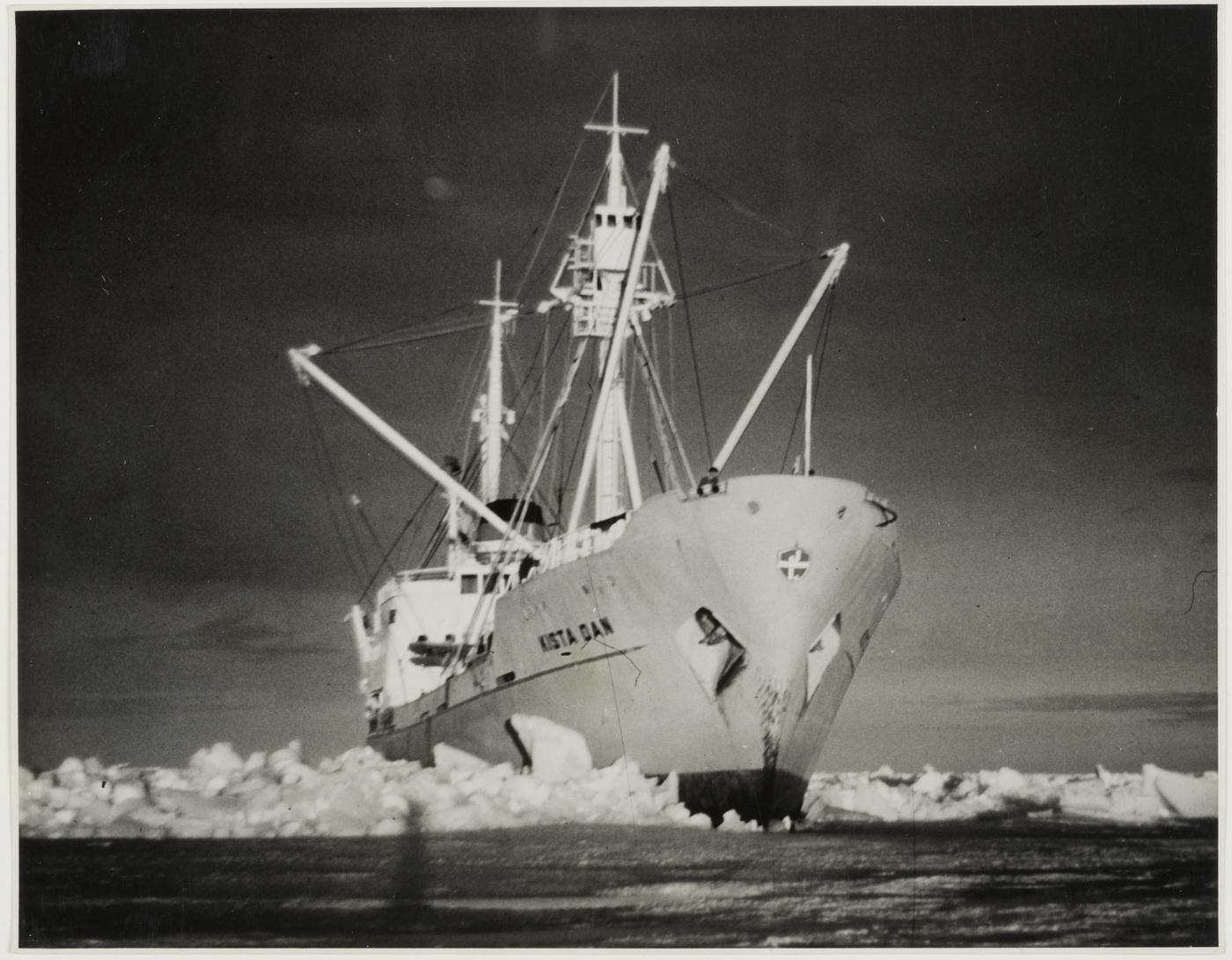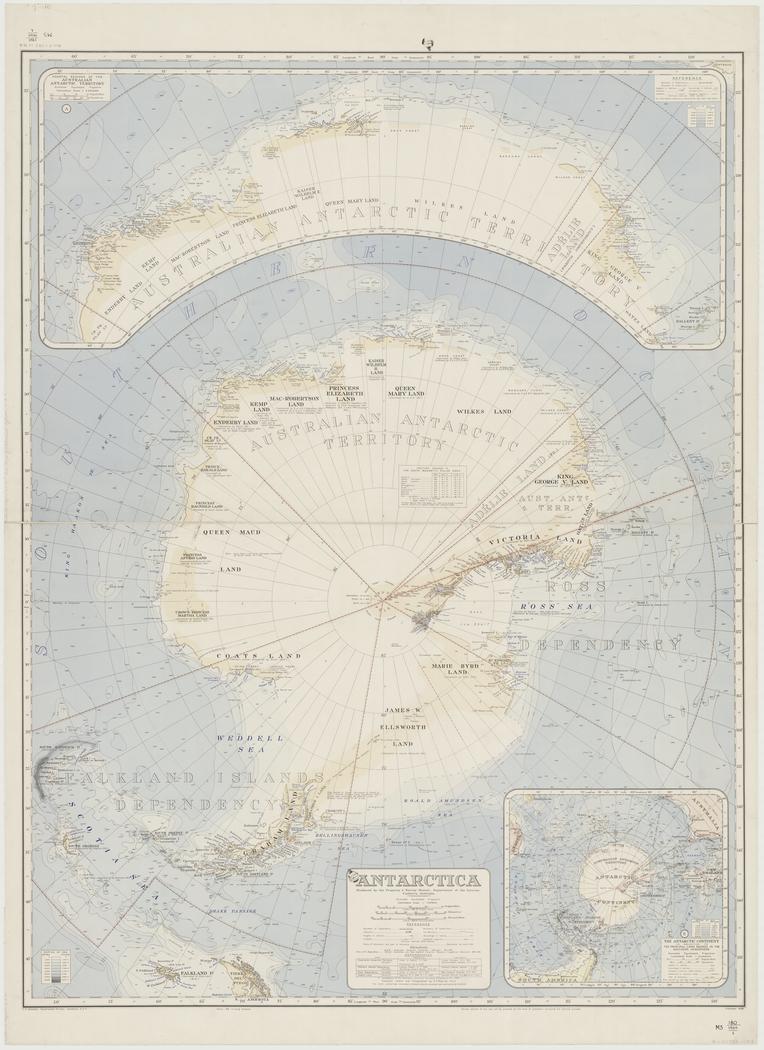Modern Antarctic Adventures
In 1945, the Australian Federation was forty-four years old. Like many other nations, Australia was looking to the future after the turmoil of the Second World War. Several countries saw Antarctica as a potential source of territory, fishing and mineral resources.
Antarctic explorer and scientist Sir Douglas Mawson approached the Australian Government and lobbied for renewed exploration and scientific effort in Antarctica. Swayed by Mawson's arguments and influenced by the increasing United States interests in Antarctica, the government agreed, and a series of departmental committees was established. These quickly became institutionalised in 1947 as the Australian National Research Expedition or ANARE (Expedition later became Expeditions).
After a series of reconnaissance flights, Australians established a base at Heard Island in 1947 and at Macquarie Island in 1948. While these stations were established, Australians began a review of the Antarctic coast directly south of Australia, with the intention of setting up a permanent base on the mainland. It was to be the first permanent scientific base established on the main Antarctic continent.
In 1954, the Danish ship Kista Dan was chartered by the Australian government to take men and supplies south for the establishment of a base. The site was to be on the coast of MacRobertson Land. The vessels LST 3501 (later renamed HMAS Labuan) and the Kista Dan became famous as the first vessels to run supply and relief expeditions from Australia to its Antarctic bases.
After an eventful journey south the men finally landed their stores and building supplies on an area behind what is now Horseshoe Bay in February 1954. A flag-raising ceremony was undertaken and Mawson Base formally opened. Australia’s occupation of Antarctica had begun.
Antarctica 1939
The British Australian New Zealand Antarctic Research Expedition (BANZARE) led by Sir Douglas Mawson sailed along the Antarctic coast in 1929-1931 and claimed the land that later became theAustralian Antarctic Territory (AAT). In 1936, the Australian government formally took possession of the Territory.
Maps are public acts of political activity and possession. In 1939, the Property and Survey Branch, Department of the Interior, published a map which defined Australia's territory. The place names on the map commemorate the sponsors of Antarctic expeditions, eg. MacRobertson Land, named in 1930 after the Australian confectionary manufacturer who sponsored BANZARE, and earlier explorers eg. Wilkes Land, after American Charles Wilkes who explored the area in 1840 with the United States Exploring Expedition 1838-1842.
At an estimated 6,119,818 km², the AAT is approximately 42% of the Antarctic continent. Itconsists of all the islands and territory south of 60°S and between 44°38' E and 160°E, except for Adelie Land (136°11' E to 142°02' E).
The State Library of NSW holds an original 1939 copy of the Antarctic map with its accompanying handbook and index. It is considered the 'world's first reliable map' of Antarctica. The map was widely distributed at the time of publication and were out of stock by 1946. The second edition was finally published in 1956.
Copyright
The majority of items provided through this service are no longer the subject of copyright restrictions, or have been cleared for display in this service by the Copyright owners. The State Library of New South Wales has made every reasonable effort to locate, contact and acknowledge copyright owners. Any copyright owners who are not properly identified and acknowledged on this website should contact the Library so that corrections can be made.
Sponsors
Made possible through a partnership with Mark Burrows AO


